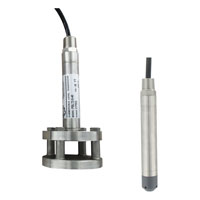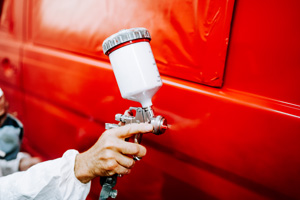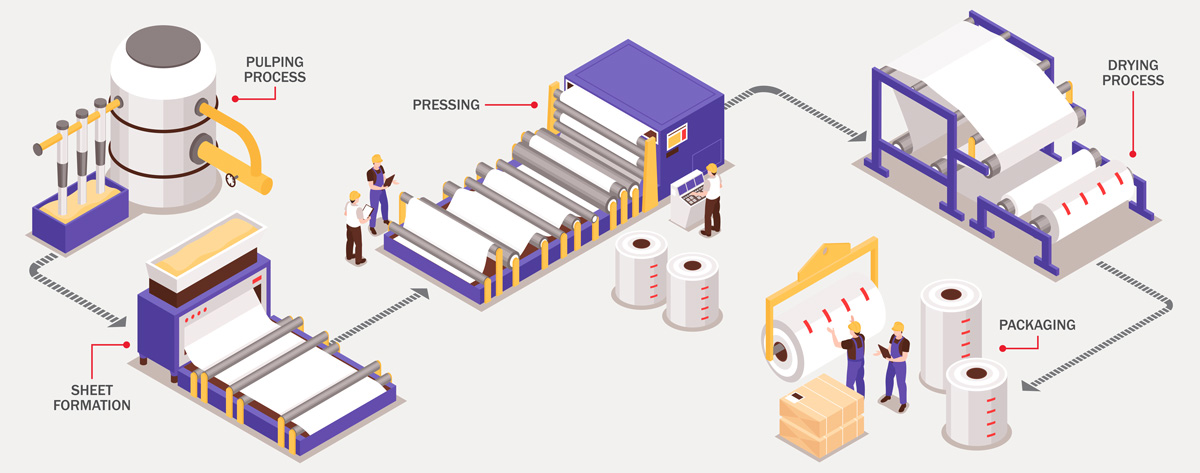 “I need it yesterday.” This idiom is a typical answer to a very common question in the manufacturing world: “When do you need this?”
“I need it yesterday.” This idiom is a typical answer to a very common question in the manufacturing world: “When do you need this?”
This turn of phrase indicates urgency of the request, and often means that a product is already past its required delivery date. In instrumentation manufacturing, this sense of urgency is one that Dwyer knows all too well. We understand that our customers have a need that must be fulfilled by a set date for a variety of reasons. This can be the key to ensuring a project is completed on schedule, or to get production operational and bringing in a profit. It is for these reasons that Dwyer takes such pride in our 99.5% on-time delivery and 3 day average build time to order. Speed and urgency are part of our never-ending commitment to excellence. Continue reading “Sensor Manufacturing Capabilities at Dwyer Instruments”




 Jaguar. Ford. Ferrari. Three iconic automakers with storied racing pedigrees that have made some of the fastest and most beautiful cars in the world, each draped in a coat of paint of their own signature color: British Racing Green, Ford’s Grabber Blue, and Ferrari’s Rosso Corsa.
Jaguar. Ford. Ferrari. Three iconic automakers with storied racing pedigrees that have made some of the fastest and most beautiful cars in the world, each draped in a coat of paint of their own signature color: British Racing Green, Ford’s Grabber Blue, and Ferrari’s Rosso Corsa.


 Unless it’s recently stopped running (or run away), you probably haven’t paid much attention to your refrigerator lately. Despite enjoying status among the largest and most frequently used appliances in your home, the refrigerator is a bit of an unsung hero, quietly humming away in your kitchen, keeping lettuce crisp and ice cream velvety smooth. But refrigeration is about so much more than fresh greens and tasty frozen treats; the humble fridge is also the first line of defense against foodborne illness.
Unless it’s recently stopped running (or run away), you probably haven’t paid much attention to your refrigerator lately. Despite enjoying status among the largest and most frequently used appliances in your home, the refrigerator is a bit of an unsung hero, quietly humming away in your kitchen, keeping lettuce crisp and ice cream velvety smooth. But refrigeration is about so much more than fresh greens and tasty frozen treats; the humble fridge is also the first line of defense against foodborne illness.